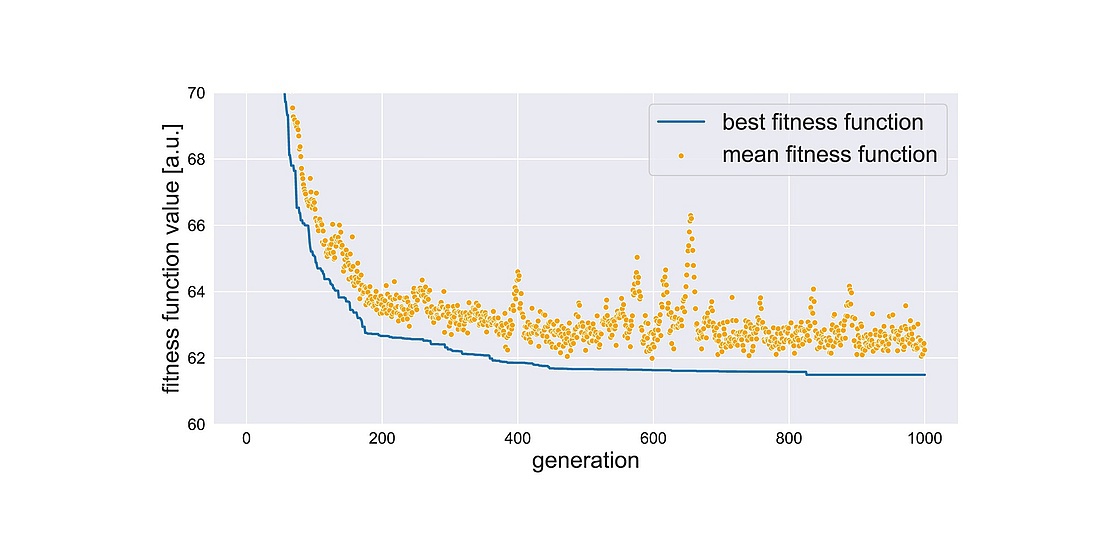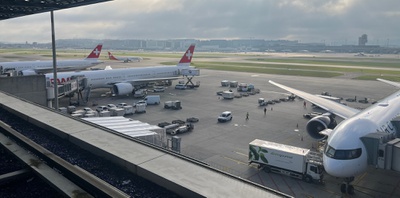
combined optimization–simulation approach for passenger boarding
1 January 2023
A combined optimization–simulation approach for modified outside-in boarding under COVID-19 regulations including limited baggage compartment capacities
M Schultz, M Soolaki, M Salari, E Bakhshian. Journal of Air Transport Management 106, 2023, 102258
The timely handling of passengers is critical to efficient airport and airline operations. The pandemic requirements mandate adapted process designs and handling procedures to maintain and improve operational performance. Passenger activities in the confined aircraft cabin must be evaluated for potential virus transmission, and boarding procedures should be designed to minimize the negative impact on passengers and operations. In our approach, we generate an optimized seat allocation that considers passengers’ physical activities when they store their hand luggage items in the overhead compartment.
We proposed a mixed-integer programming formulation including the concept of shedding rates to determine and minimize the risk of virus transmission by solving the NP-hard seat assignment problem. We are improving the already efficient outside-in boarding, where passengers in the window seat board first and passengers in the aisle seat board last, taking into account COVID-19 regulations and the limited capacity of overhead compartments. To demonstrate and evaluate the improvements achieved in aircraft boarding, a stochastic agent-based model is used in which three operational scenarios with seat occupancy of 50%, 66%, and 80% are implemented.
With our optimization approach, the average boarding time and the transmission risk are significantly reduced already for the general case, i.e., when no specific boarding order is specified (random boarding). If the already efficient outside-in boarding is used as a reference, the boarding time can be reduced by more than 30% by applying our approach, while keeping the transmission risk at the lowest level.





